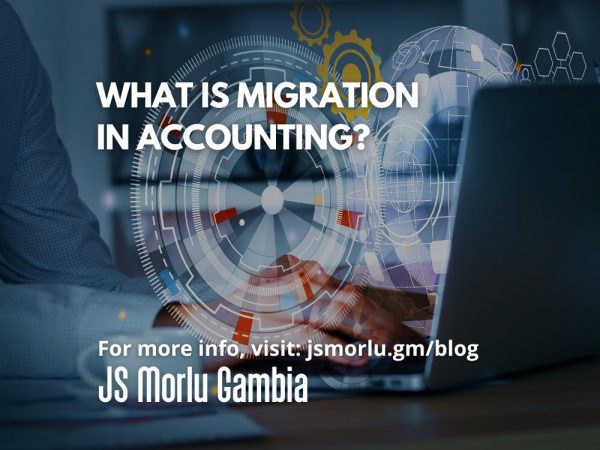Accounting migration is the process of moving accounting data from one system to another. This can be done for a variety of reasons, such as:
- Upgrading to a new accounting system
- Changing accounting software providers
- Migrating to the cloud
- Consolidating multiple accounting systems
No matter the reason, accounting migration is a complex process that requires careful planning and execution. The following are the main steps involved in accounting migration:
1. Planning
The first step in any migration project is to plan. This includes identifying the source and destination systems, defining the scope of the migration, and creating a timeline. It is also important to identify any potential risks and challenges, and develop mitigation strategies.
2. Data Preparation
Once the plan is in place, the next step is to prepare the data for migration. This includes cleaning up the data, resolving any errors, and mapping the data from the source system to the destination system.
3. Migration
The migration process itself can be either manual or automated. Manual migration is more time-consuming, but it allows for more control over the data. Automated migration is faster, but it can be more risky if the data is not properly prepared.
4. Testing
Once the data has been migrated, it is important to test the system to ensure that it is working properly. This includes testing the data integrity, the functionality of the system, and the security of the system.
5. Go-Live
Once the system has been tested and is ready to go live, the final step is to cut over to the new system. This involves migrating all users to the new system and training them on how to use it.
Step-by-Step Guide to Accounting Migration
Here is a step-by-step guide to accounting migration:
1. Assess your current system. What are the strengths and weaknesses of your current accounting system? What are your goals for the new system?
2. Research new accounting systems. There are many different accounting systems on the market, so it’s important to do your research and find one that meets your needs.
3. Create a migration plan. This plan should include the following:
- The scope of the migration
- The timeline for the migration
- The resources that will be needed for the migration
- The risks and challenges that may be encountered
4. Prepare the data. This includes cleaning up the data, resolving any errors, and mapping the data from the source system to the destination system.
5. Migrate the data. This can be done manually or using an automated tool.
6. Test the system. This is essential to ensure that the data has been migrated correctly and that the new system is working properly.
7. Go live. This is the final step in the migration process. It involves migrating all users to the new system and training them on how to use it.
Tips for a Successful Accounting Migration
Here are some tips for a successful accounting migration:
- Start early. Don’t wait until the last minute to start planning and executing your migration project.
- Get buy-in from all stakeholders. This includes employees, management, and customers.
- Communicate regularly with stakeholders. Keep them updated on the progress of the migration project.
- Be prepared for unexpected challenges. Things don’t always go according to plan, so it’s important to be prepared for unexpected challenges.
- Test, test, test. This is essential to ensure that the data has been migrated correctly and that the new system is working properly.
Conclusion
Accounting migration is a complex process, but it can be a successful one if it is properly planned and executed. By following the steps outlined in this article, you can increase your chances of a successful migration project.
